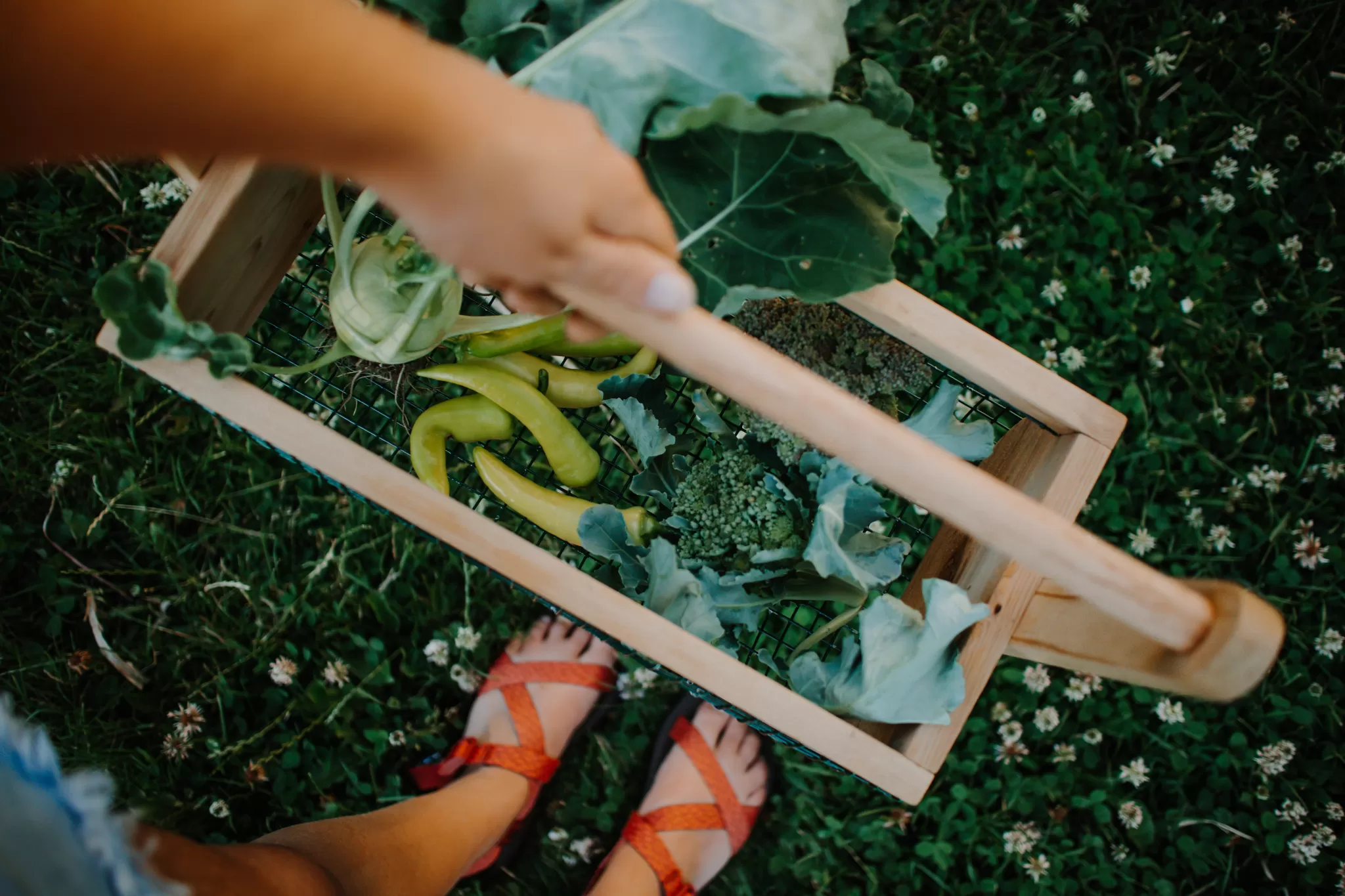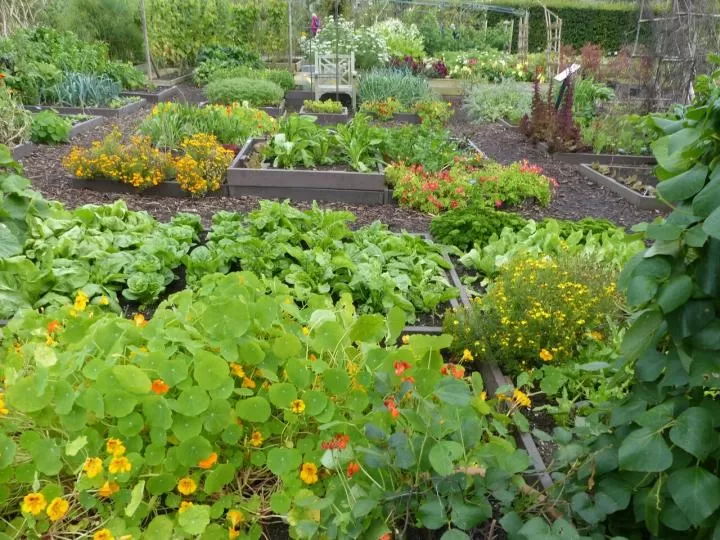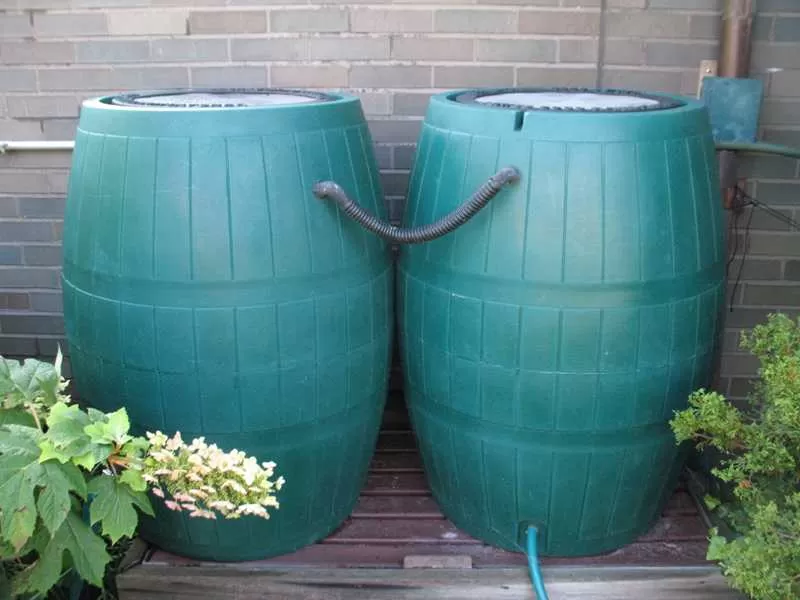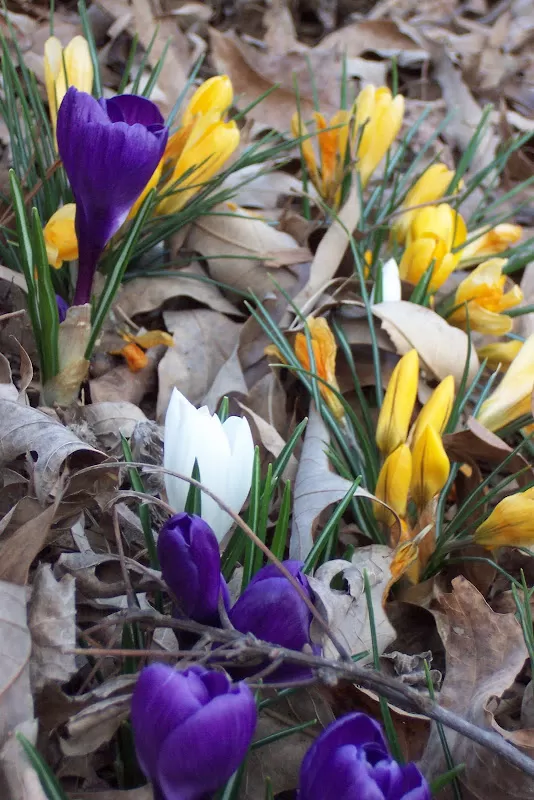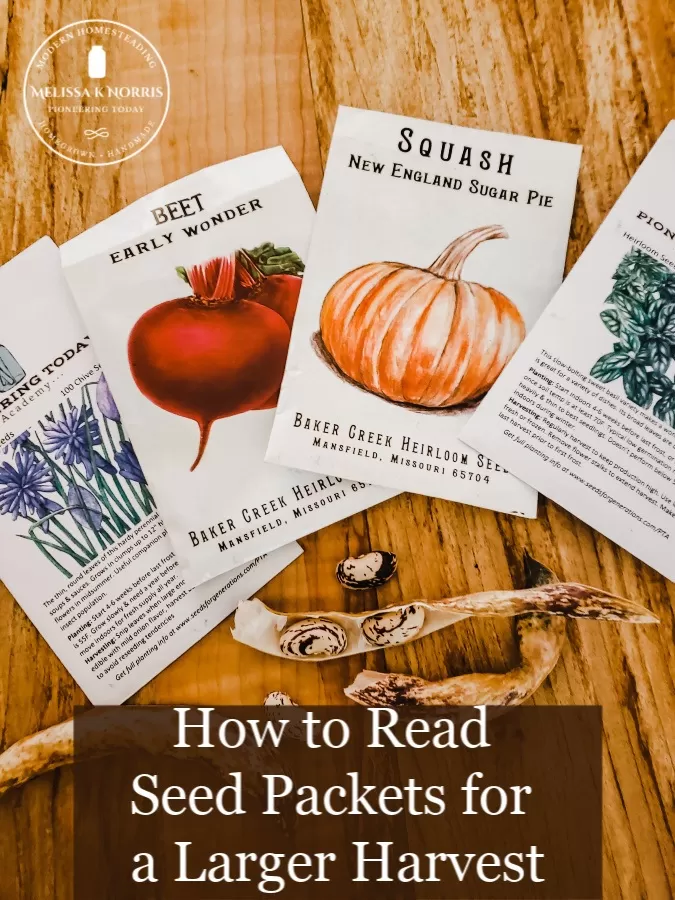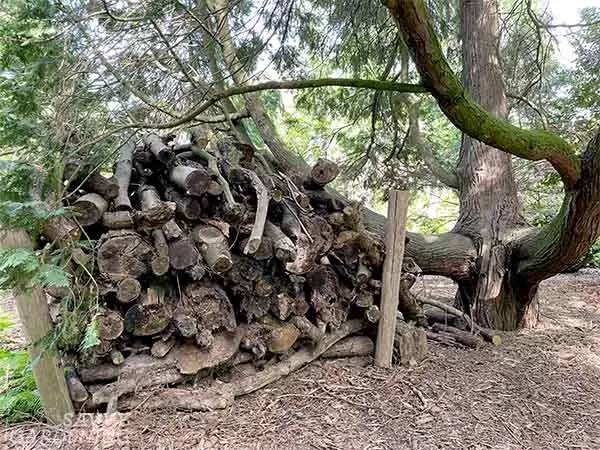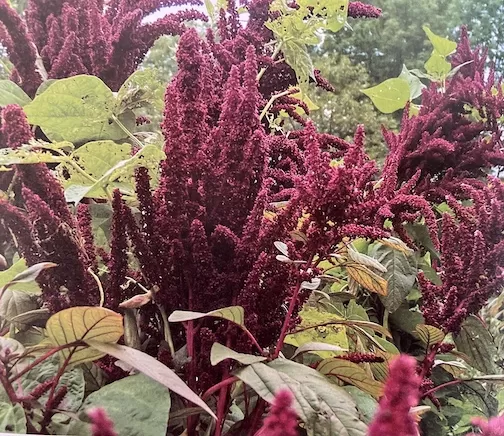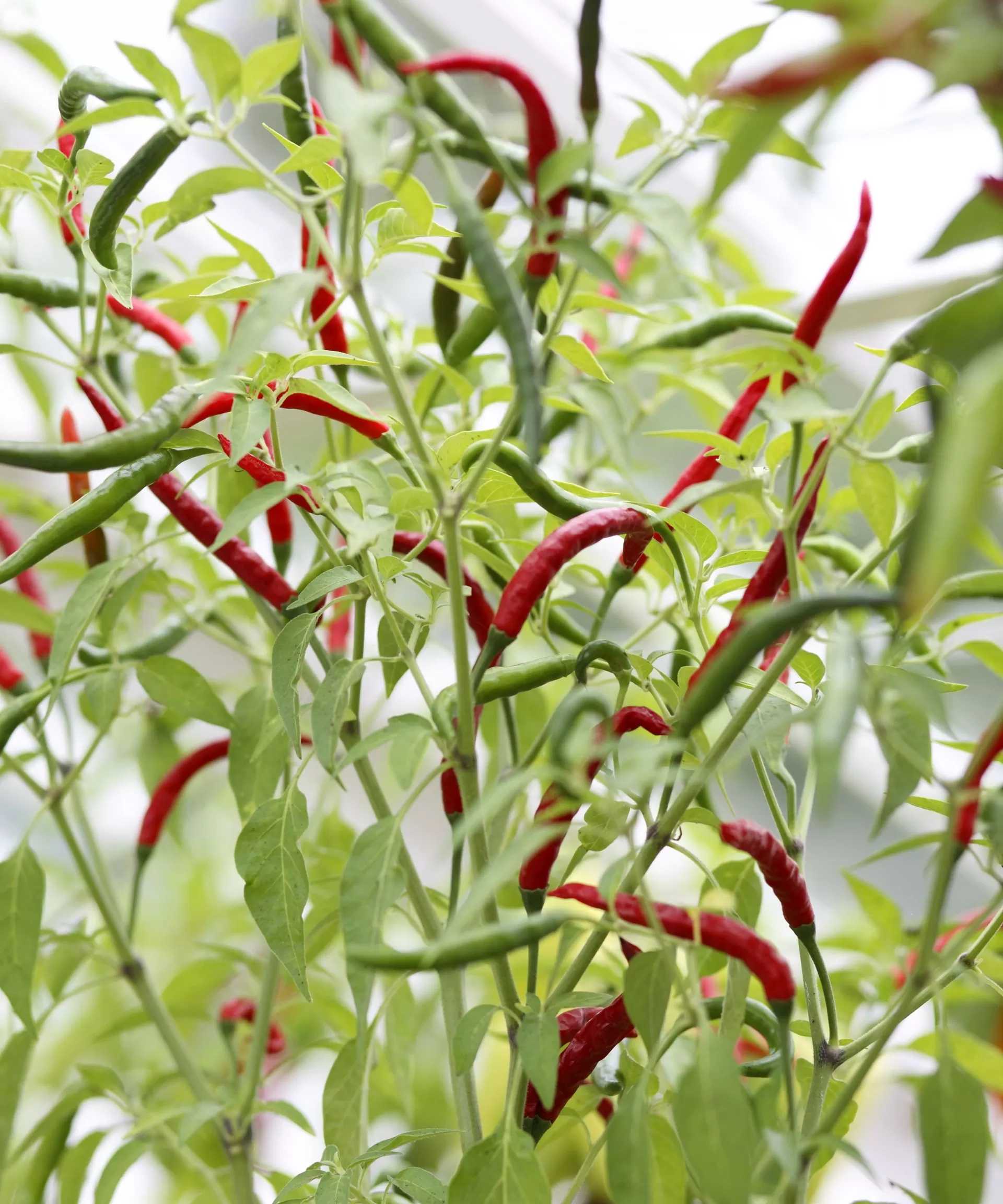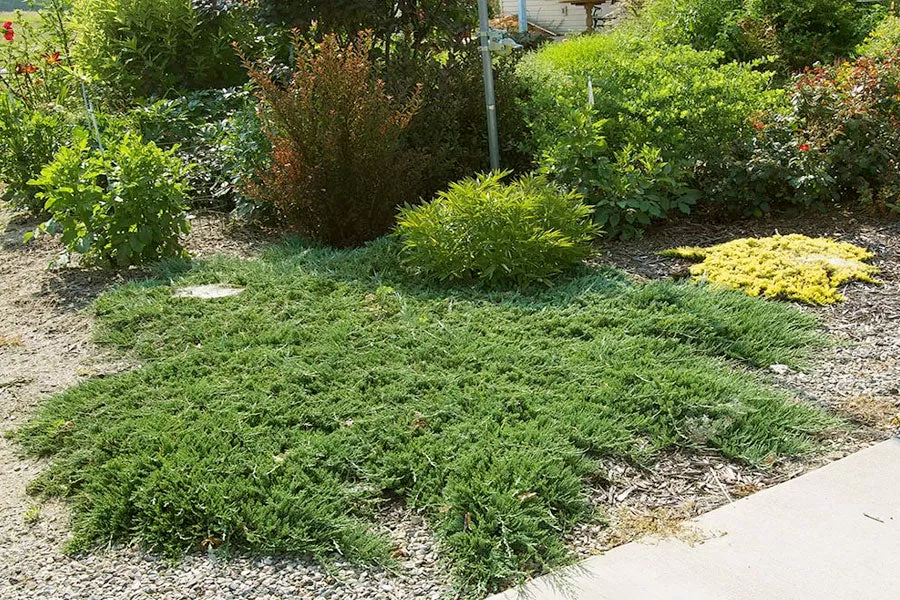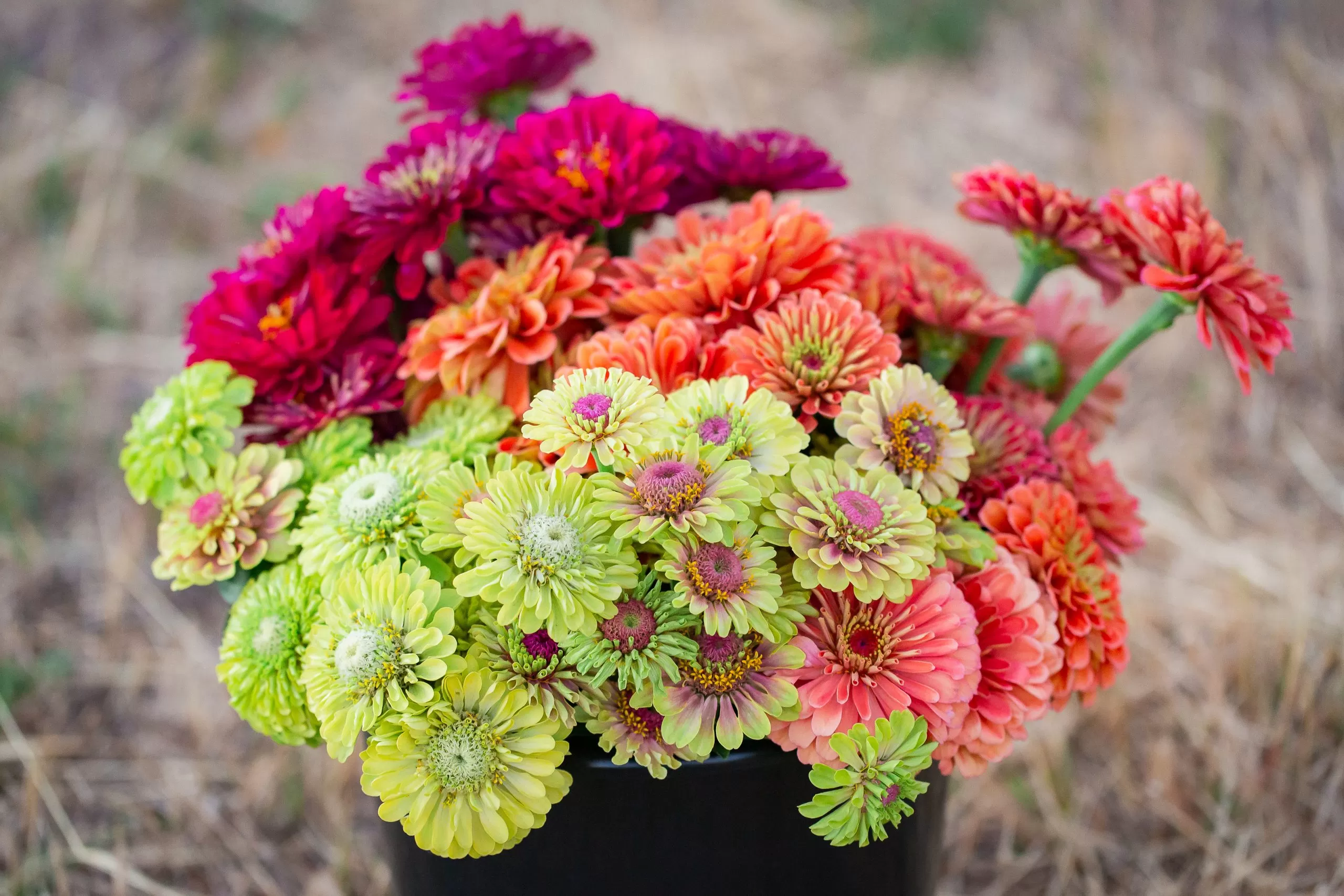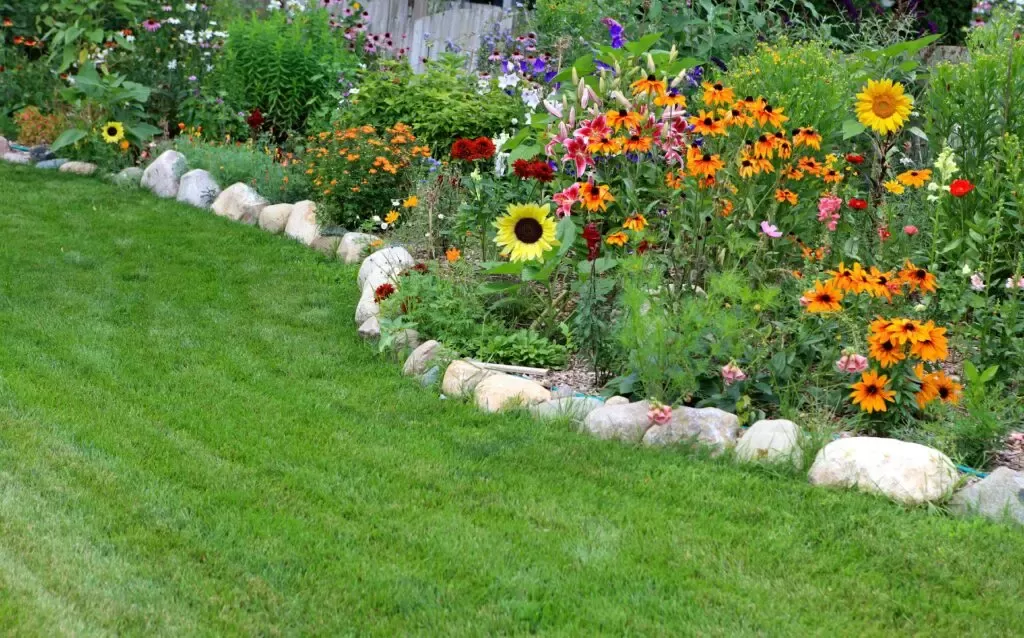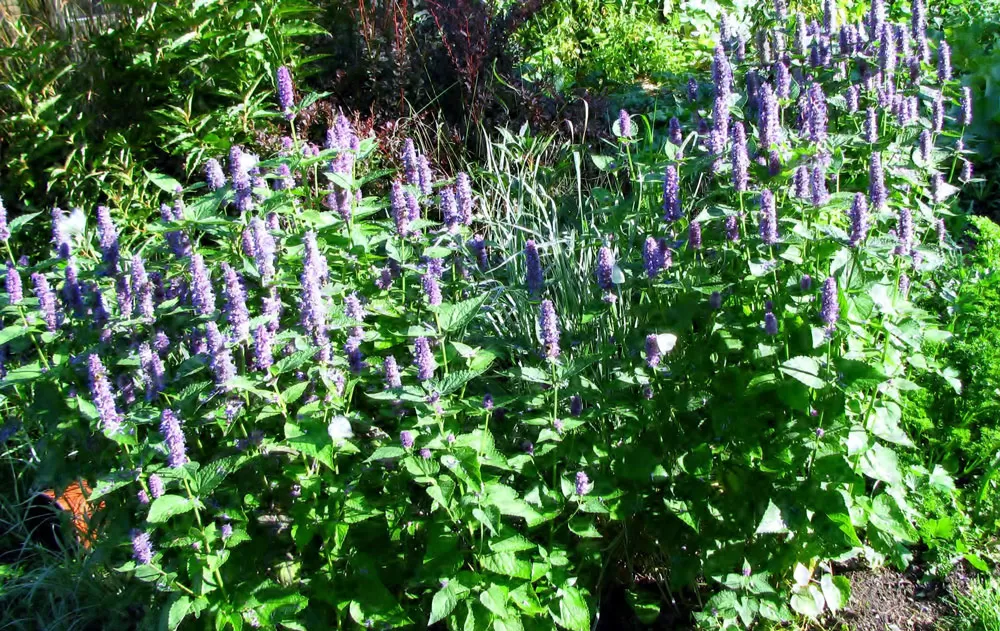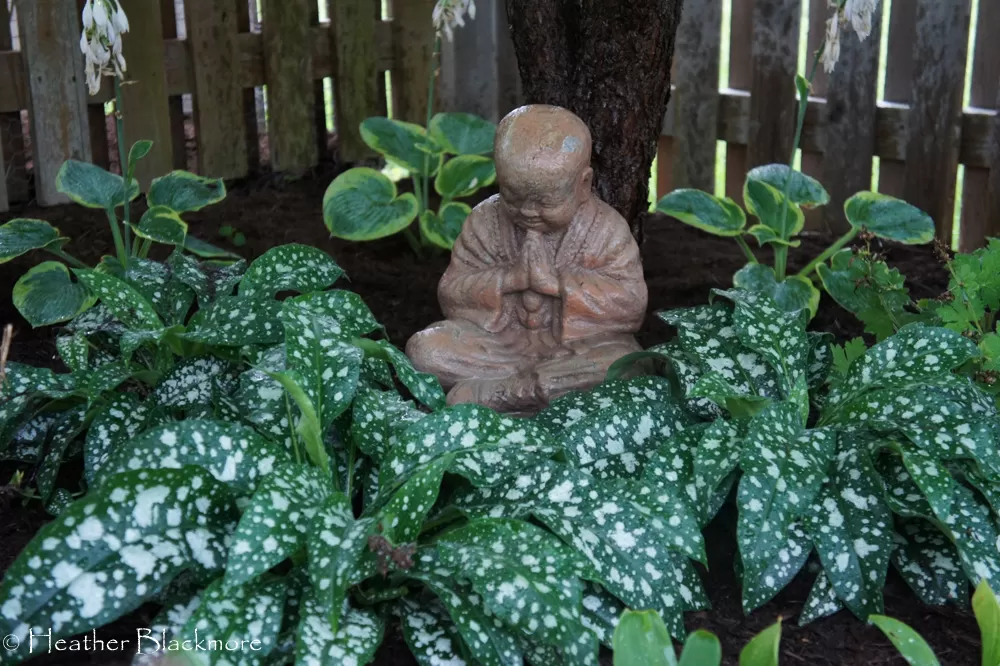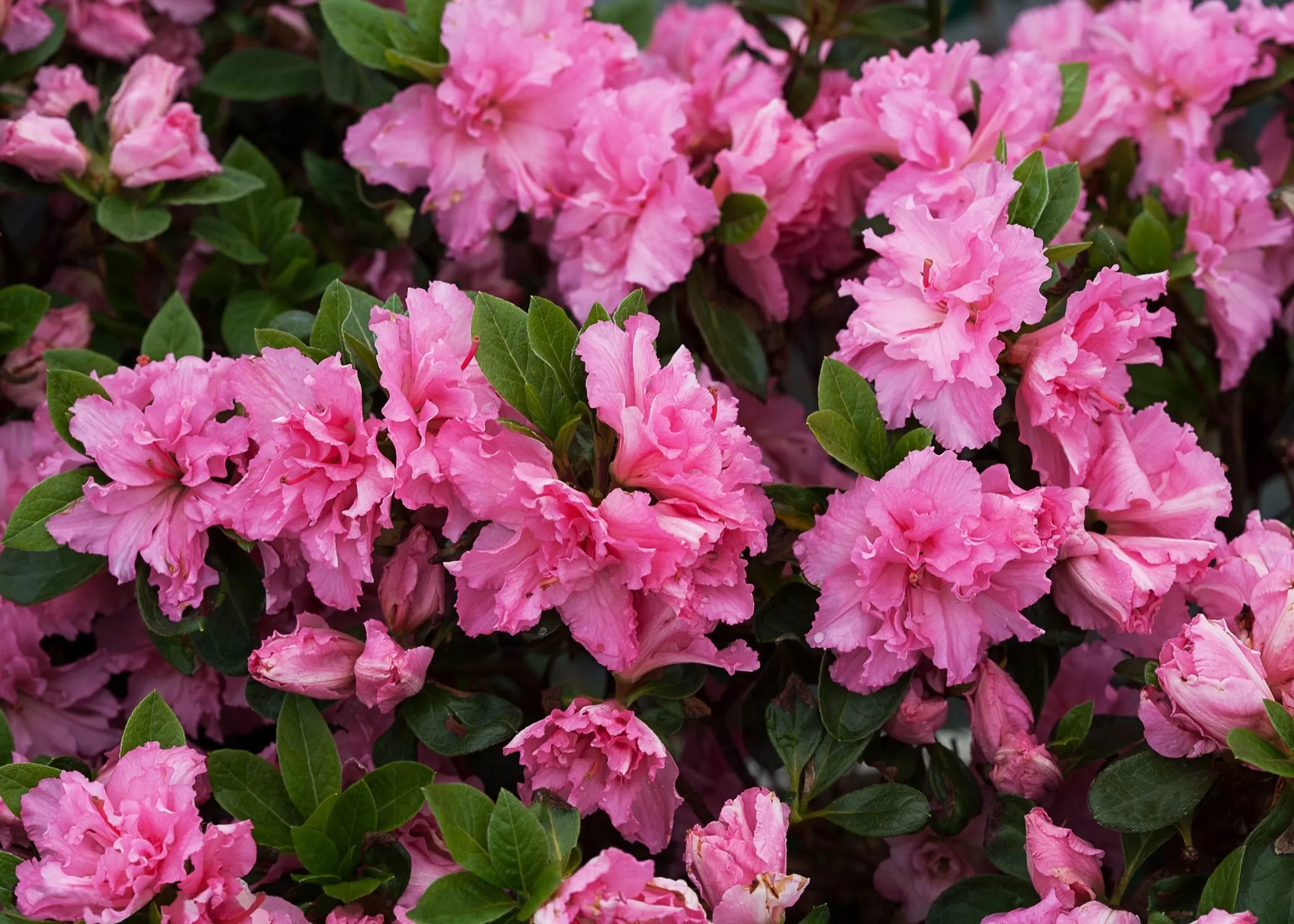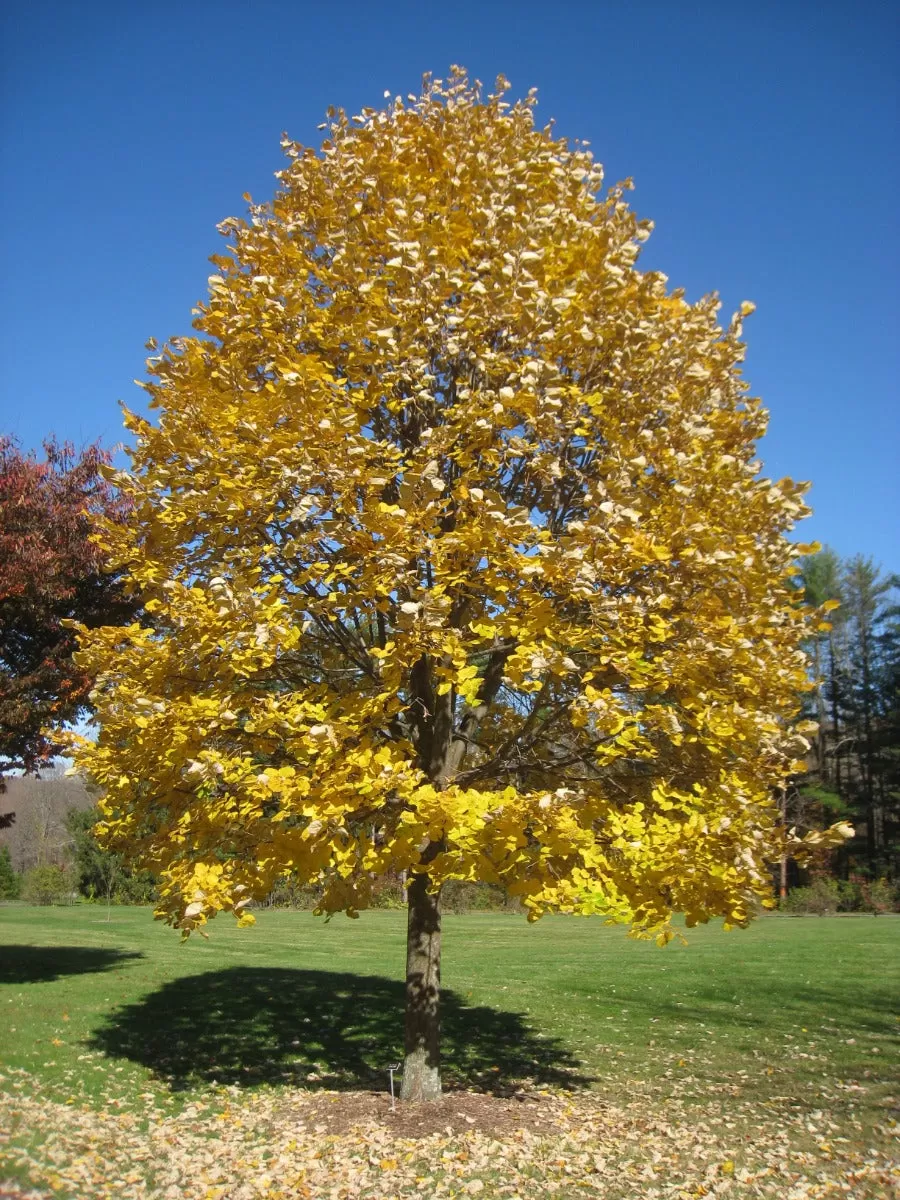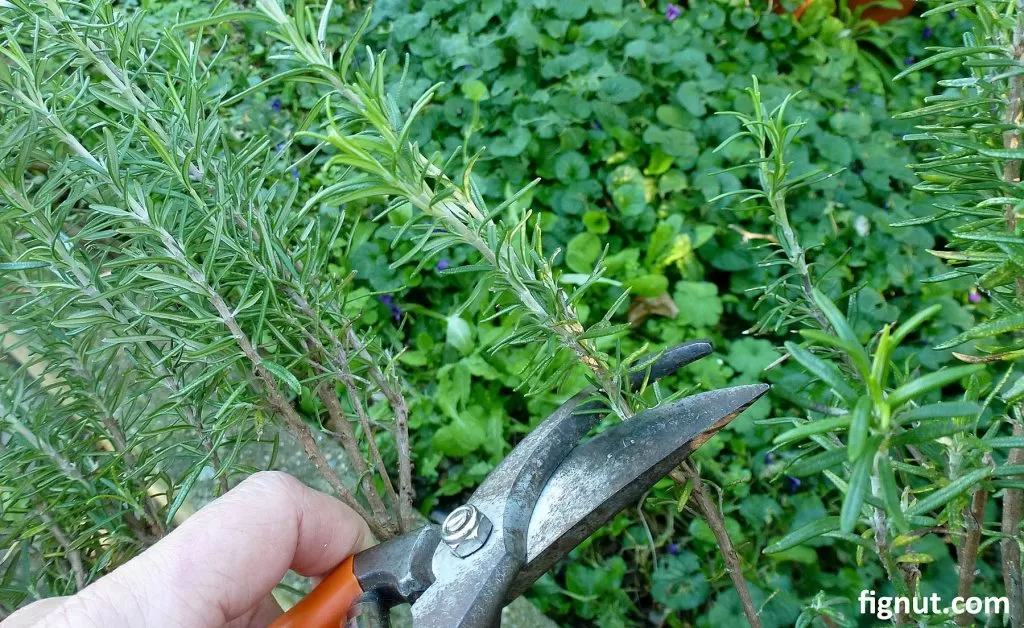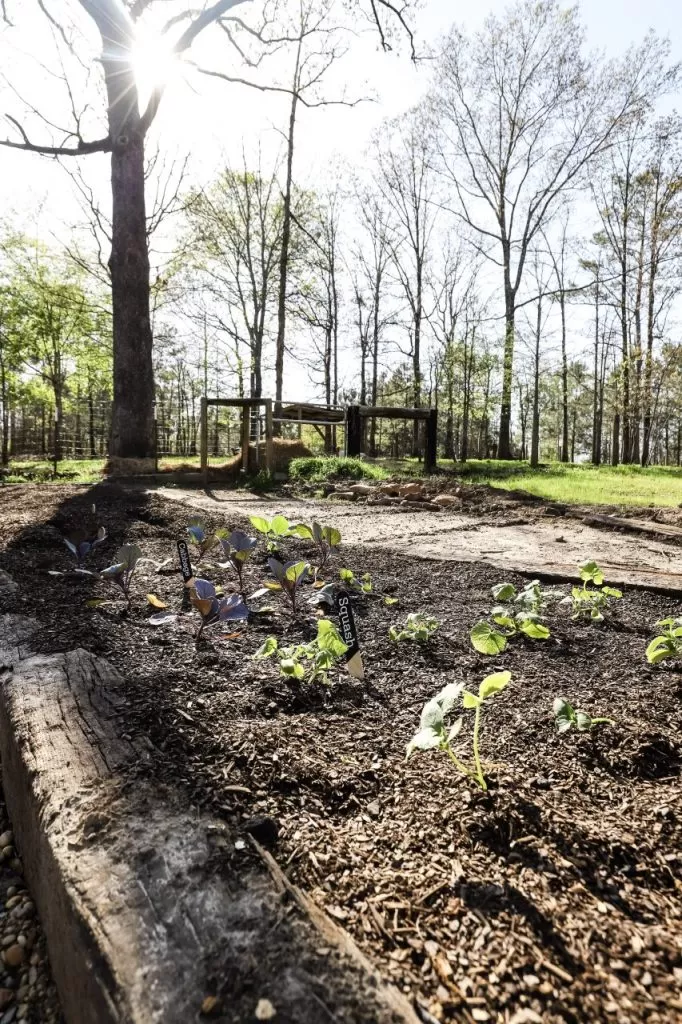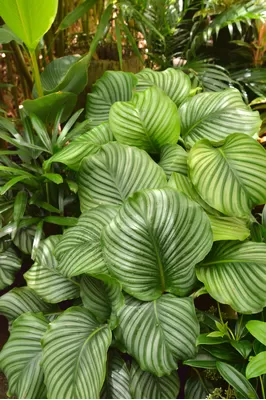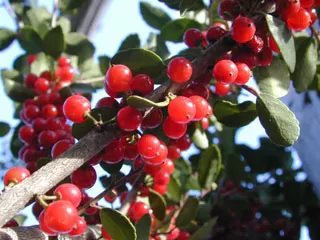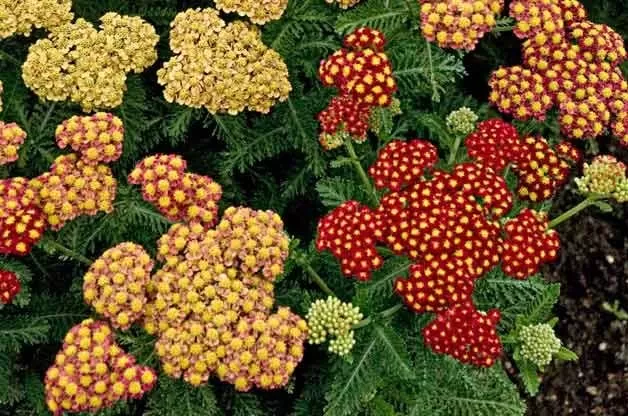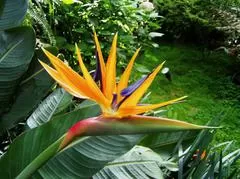- Ornamental trees add structure, beauty, and seasonal interest to your landscape.
- Flowering varieties provide spectacular spring displays, but their appeal extends through fall and winter.
- Choosing the right ornamental tree depends on your space, climate, and design goals.
- With careful selection and basic care, you can enjoy stunning trees for years.
Have you ever walked past a garden in spring and stopped dead in your tracks, completely captivated by a tree exploding with blossoms? That’s the power of ornamental trees. These aren’t just trees; they are living sculptures, seasonal performers, and essential components that transform a simple yard into a captivating landscape. At The Little Garden, we believe everyone deserves a little magic in their outdoor space, and ornamental trees are one of the simplest ways to achieve it. They offer more than just pretty flowers; they provide structure, shade, habitat, and beauty that evolves throughout the year. Let’s explore how to choose and cherish these garden gems.
Contents
Why Ornamental Trees Are Landscape Essentials
While every tree contributes to the environment, ornamental trees are specifically chosen for their aesthetic appeal. This can be their stunning flowers, vibrant fall foliage, interesting bark, unique shape, or attractive fruit or berries. They serve as focal points, accent plants, and even provide privacy or define garden rooms.
Unlike larger shade trees, many ornamental varieties remain smaller, making them perfect for suburban yards or gardens where space is limited. They offer a burst of color and life, often signaling the change of seasons and bringing joy to the gardener’s heart.
Choosing the right ornamental tree is like selecting the perfect piece of art for your home. You need to consider its size at maturity, its sun requirements, the type of soil you have, and importantly, how its colors and form will interact with your existing plants throughout the year. Will those vibrant pink blossoms clash with your perennial border, or will they create a stunning symphony of color? Thinking about the entire year’s performance – from spring blooms to fall color and even winter silhouette – helps you make a choice you’ll love for years.
Many ornamental trees provide extended interest beyond their initial spring bloom. Think about trees that produce colorful berries loved by birds, or those whose leaves turn brilliant shades of red, orange, and yellow in the autumn. These features add layers of beauty and life to your garden long after the petals have fallen.
Choosing the Perfect Ornamental Tree for Your Space
Selecting an ornamental tree can feel overwhelming with so many beautiful options available. But by considering a few key factors, you can narrow down the choices and find the ideal fit for your garden.
Start with the practicalities:
- Space: How much room do you have for the tree to grow to its mature size, both in height and spread? Consider overhead wires, buildings, and other plants.
- Sunlight: How much sun does the planting location receive each day? Most flowering ornamentals need at least 6 hours of direct sun for best blooms, but some tolerate or even prefer partial shade.
- Soil: What is your soil type (clay, sandy, loamy)? How well does it drain? Some trees are more adaptable than others.
- Climate: What is your USDA Hardiness Zone? This is crucial to ensure the tree can survive your winters and thrive in your summers.
Once you have the practical details sorted, you can indulge your design preferences:
- Bloom Color & Time: Do you want early, mid, or late spring blooms? What colors do you love?
- Form: Do you prefer an upright, spreading, weeping, or columnar shape?
- Additional Interest: Are fall color, interesting bark, fruit for wildlife, or fragrance important to you?
- Growth Rate: How quickly do you want the tree to reach its mature size?
Don’t be afraid to seek advice! Understanding your specific site conditions will lead you to the best choices.
Exploring Popular Flowering Ornamental Trees
The world of ornamental trees is rich and diverse. Here are a few beloved types known for their spectacular spring displays, often seen gracing gardens and parks. Each offers unique charm and characteristics.
 An infographic illustrating different tree forms and sizes, labeled Flowering Trees
An infographic illustrating different tree forms and sizes, labeled Flowering Trees
Let’s look at some examples mentioned, keeping in mind that specific varieties within each type will have slightly different needs and appearances.
Flowering Cherry Trees
- Common Name: Flowering Cherry
- Scientific Name: Prunus spp. (many cultivars like ‘Kwanzan’, ‘Yoshino’)
- Zone: Typically 5-8
- Light: Full Sun
- Humidity: Adaptable, average
- Water: Needs consistent moisture, especially when establishing; generally prefers well-drained soil but intolerant of standing water.
Crabapple Trees
- Common Name: Crabapple
- Scientific Name: Malus spp. (hundreds of cultivars)
- Zone: Typically 4-8
- Light: Full Sun
- Humidity: Adaptable, average
- Water: Moderately drought tolerant once established, prefers well-drained soil.
Flowering Dogwoods
- Common Name: Flowering Dogwood
- Scientific Name: Cornus florida (Eastern), Cornus kousa (Kousa)
- Zone: Typically 5-9 (varies by species)
- Light: Full Sun to Part Shade (prefers some afternoon shade in hot climates)
- Humidity: Prefers average to high humidity
- Water: Needs consistent moisture, especially in hot, dry periods; prefers well-drained, slightly acidic soil.
Magnolia Trees
- Common Name: Magnolia
- Scientific Name: Magnolia spp. (e.g., Magnolia stellata, Magnolia soulangiana)
- Zone: Varies greatly by species, typically 4-9
- Light: Full Sun to Part Shade
- Humidity: Prefers average to high humidity
- Water: Varies by species; many prefer consistently moist, well-drained soil; some are more drought tolerant.
Redbud Trees
- Common Name: Redbud
- Scientific Name: Cercis canadensis (Eastern Redbud)
- Zone: Typically 4-9
- Light: Full Sun to Part Shade
- Humidity: Adaptable, average
- Water: Moderately drought tolerant once established, prefers well-drained soil.
Lilac Trees
- Common Name: Japanese Tree Lilac
- Scientific Name: Syringa reticulata
- Zone: Typically 3-7
- Light: Full Sun
- Humidity: Adaptable, average
- Water: Moderately drought tolerant once established, prefers well-drained soil.
Tulip Poplar
- Common Name: Tulip Poplar
- Scientific Name: Liriodendron tulipifera
- Zone: Typically 4-9
- Light: Full Sun
- Humidity: Adaptable, average
- Water: Prefers consistently moist, well-drained soil; less tolerant of drought than some other trees.
Fringe Tree
- Common Name: Fringe Tree
- Scientific Name: Chionanthus virginicus
- Zone: Typically 4-9
- Light: Full Sun to Part Shade
- Humidity: Adaptable, average
- Water: Needs consistent moisture, especially when establishing; moderately drought tolerant once mature.
Mimosa Tree
- Common Name: Mimosa, Silk Tree
- Scientific Name: Albizia julibrissin
- Zone: Typically 6-9 (can be invasive in warmer zones)
- Light: Full Sun
- Humidity: Adaptable, average
- Water: Drought tolerant once established, prefers well-drained soil.
Golden Rain Tree
- Common Name: Golden Rain Tree
- Scientific Name: Koelreuteria paniculata
- Zone: Typically 5-9
- Light: Full Sun
- Humidity: Adaptable, average
- Water: Drought tolerant once established, prefers well-drained soil.
Note: Humidity and specific water needs can vary based on local climate, soil type, and specific cultivar. Always research the needs of the specific variety you choose.
Beyond these, you might find ornamental trees with weeping forms, columnar shapes for tight spaces, or dwarf varieties perfect for small gardens or containers.
Caring for Your Ornamental Trees
Once you’ve chosen and planted your ornamental tree, a little care goes a long way in ensuring it thrives and provides beauty for years.
- Watering: Water thoroughly, especially during the first year, to help the roots establish. Deep watering is better than frequent shallow watering.
- Mulching: Apply a layer of mulch around the base (keep it away from the trunk) to retain moisture, regulate soil temperature, and suppress weeds.
- Pruning: Prune during the dormant season (late winter/early spring) to remove dead or damaged branches, improve shape, and encourage airflow. Pruning flowering trees often happens after they bloom in spring.
- Fertilizing: Most established ornamental trees don’t need heavy fertilizing, especially if planted in good soil. If growth seems poor, a soil test can determine nutrient needs.
Remember, a healthy tree is less susceptible to pests and diseases. By providing the right conditions from the start, you set your ornamental tree up for success.
Bringing the Magic Home
Adding an ornamental tree to your garden is an investment in beauty, joy, and the health of your local ecosystem. From the first blush of spring blossoms to the vibrant tapestry of fall leaves, these trees provide a dynamic focal point that changes with the seasons. They invite birds and pollinators, offer dappled shade on a sunny day, and create lasting memories in your landscape.
Choosing the right ornamental tree is a journey of discovering what speaks to your heart and fits your space. With the incredible variety available, you’re sure to find a tree that will become a cherished part of your garden story for years to come.
Ready to add some magic to your landscape? Explore the many varieties of ornamental trees and find the perfect one to bring year-round beauty to your garden.


